
TARGET 161019
THE CHAPEL AT THE U.S. AIR FORCE ACADEMY
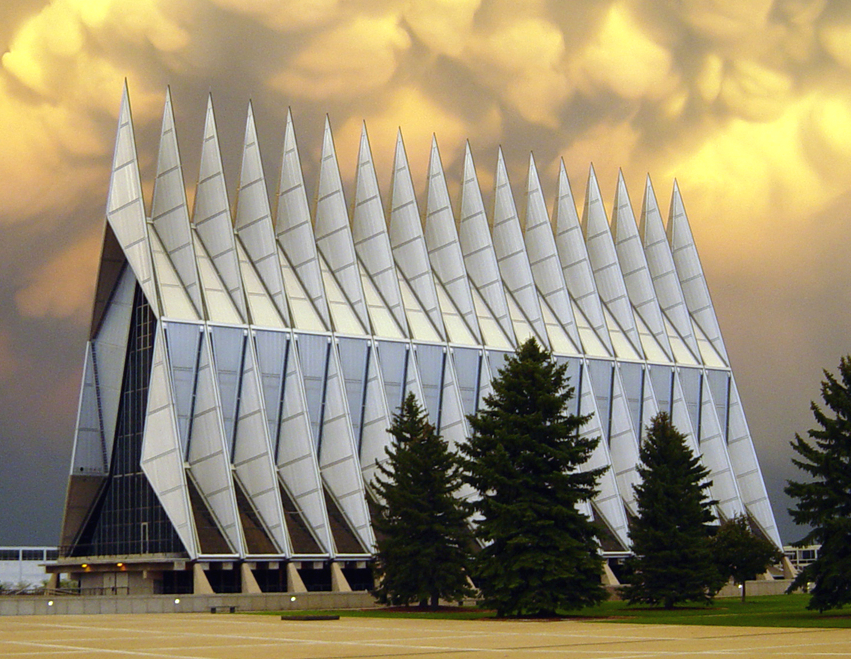
The Cadet Chapel is both the most recognizable building at the United States Air Force Academy and the most visited man-made tourist attraction in Colorado. This aluminum, glass and steel structure features 17 spires that shoot 150 feet into the sky. It is considered among the most beautiful examples of modern American academic architecture.Dedicated in 1963, it is a Modernist architectural gem and one of Colorado’s most photographed landmarks.
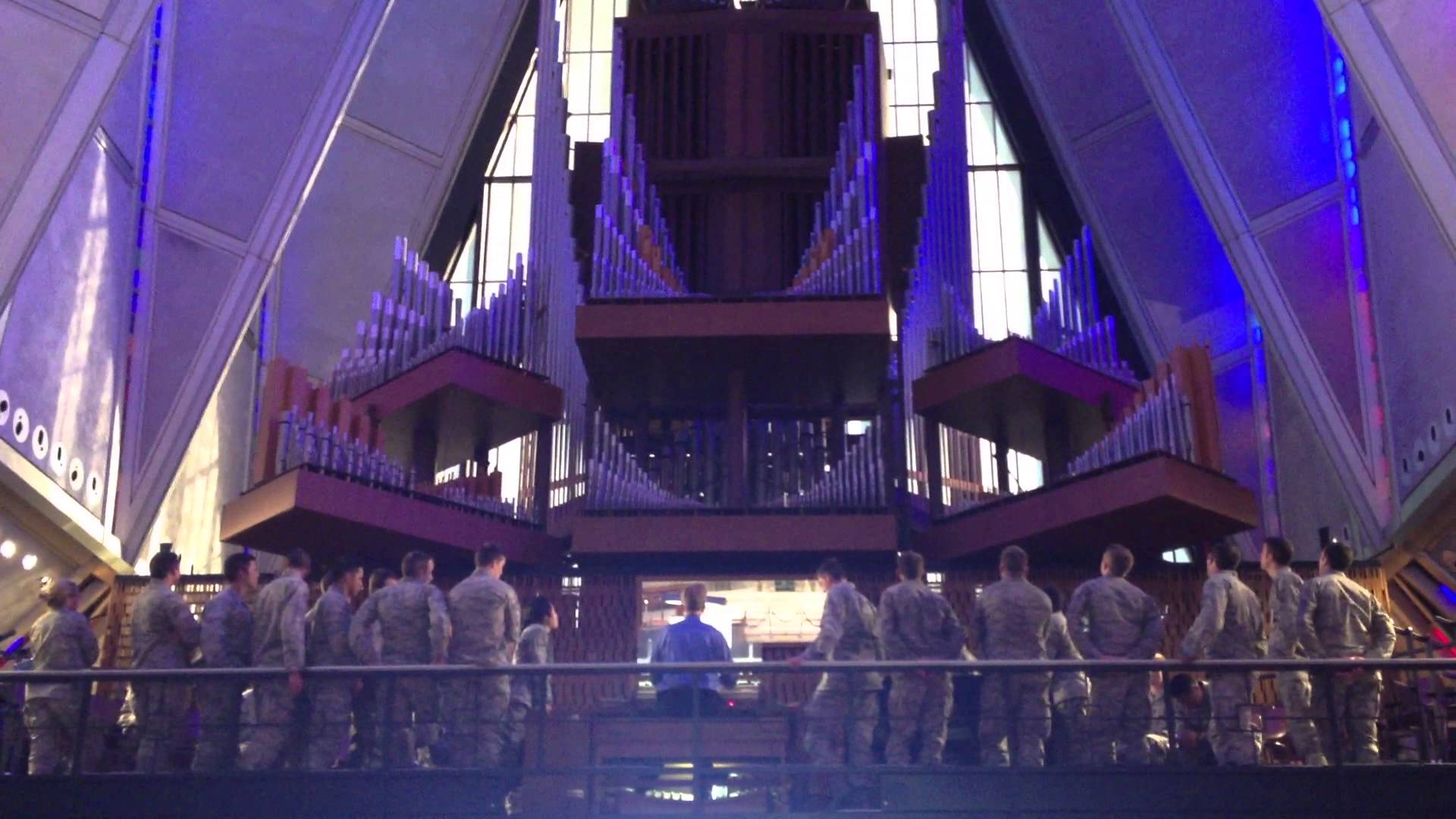
Home to a variety of faith communities, the Cadet Chapel also hosts Special Programs in Religious Education (SPIRE), the largest religious education program within the Air Force. Currently SPIRE hosts 14 groups from seven distinct faith backgrounds. Led by qualified and gifted instructors, SPIRE groups meet weekly in a casual environment to focus on spiritual formation and character development. These groups also offer times of worship, community building activities, spiritual retreats and mentorship.
The chapel has services for different faith backgrounds:
(in alphabetic order)
Earth Centered
Hindu
Islam
Jewish
Latter-day Saints (LDS)
Orthodox Christian
Protestant
Roman Catholic
Sikh
Other Faiths
The Academy’s Buddhist community also offers
Special Programs in Religious Education (SPIRE) every Monday.
Jewish and Buddhist sanctuaries, requiring different arrangements, have their own chapels within the larger building, each with its own entrance. The Chapel is capable of holding services in all rooms at one time without disturbing the services in the other areas.

This being a military academy, attendence at services is neither "come-as-you-are", nor "come-when-you-feel-like-it". When a particular faith is holding a service, groups of cadets who want to attend that service form into an organized group at the academy proper and march to the chapel in formation. The chapel is, of course, open to the cadets during their free times for prayer, meditation, and counseling.
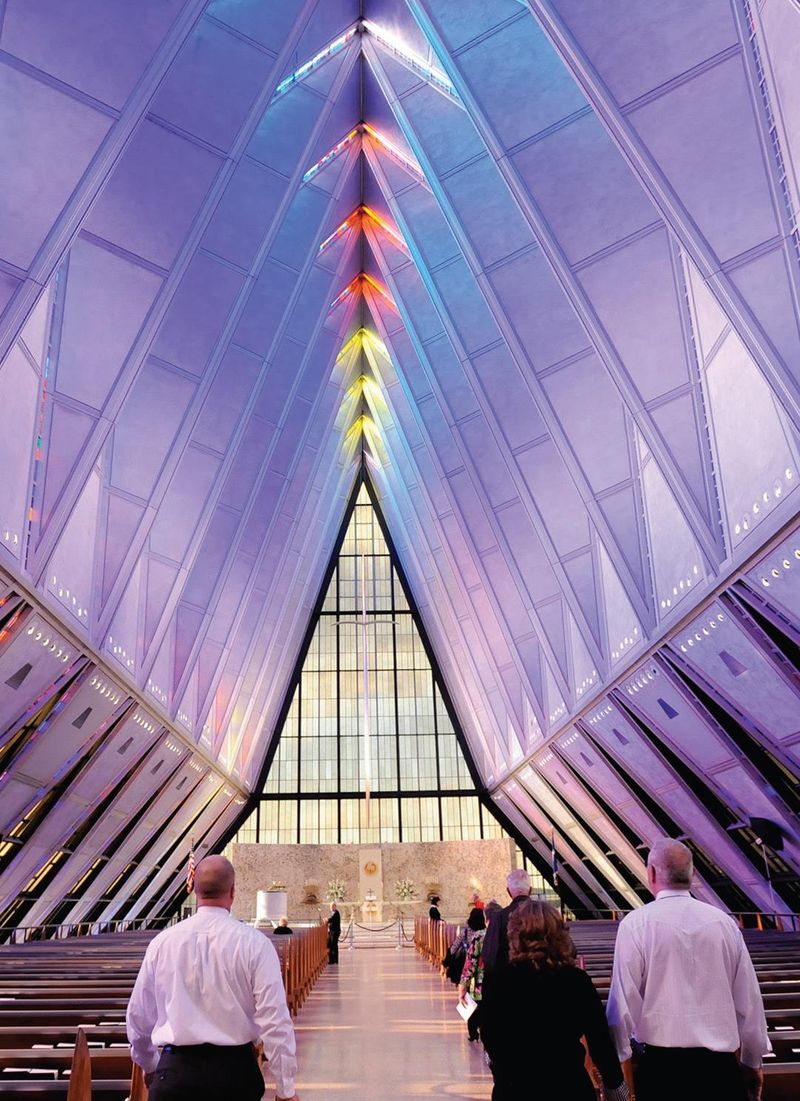

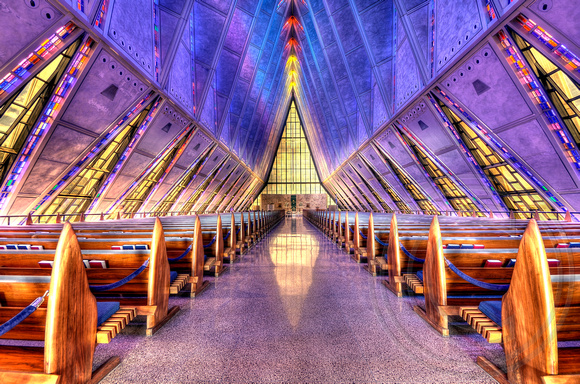
The inside of the chapel is even more impressive and beautiful than the outside. The structure of the building causes the stained-glass windows to be triangular and to lean inwards in an impressive implication of the participants being under the protection of their faith. These windows, though colored, do not have depictions of any one faith's history or symbology. Access to the pews (seating) is from the central aisle only. There is a railing between the outer end of the pews and the windowed walls. The upper portions of the chapel have lighting from sky-blue stained-glass. The pews are made of open rows of boards, covered by soft, blue pillows (see picture above).
Another very popular use for the chapel is, of course, military weddings, which are always filled with that military pomp and flair.

A longer aisle to walk down than most
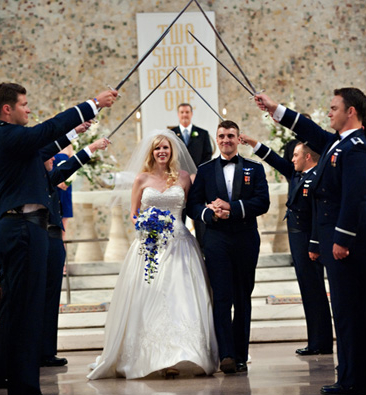
But worth it
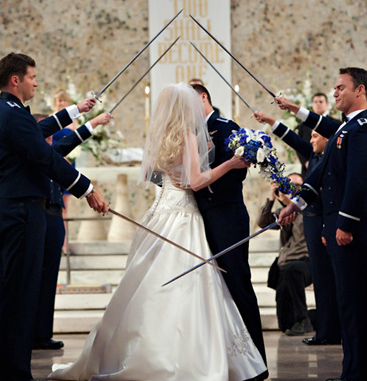
Wait up, there, Cadet!! You kissed her at the alter,
now kiss her like a military man.
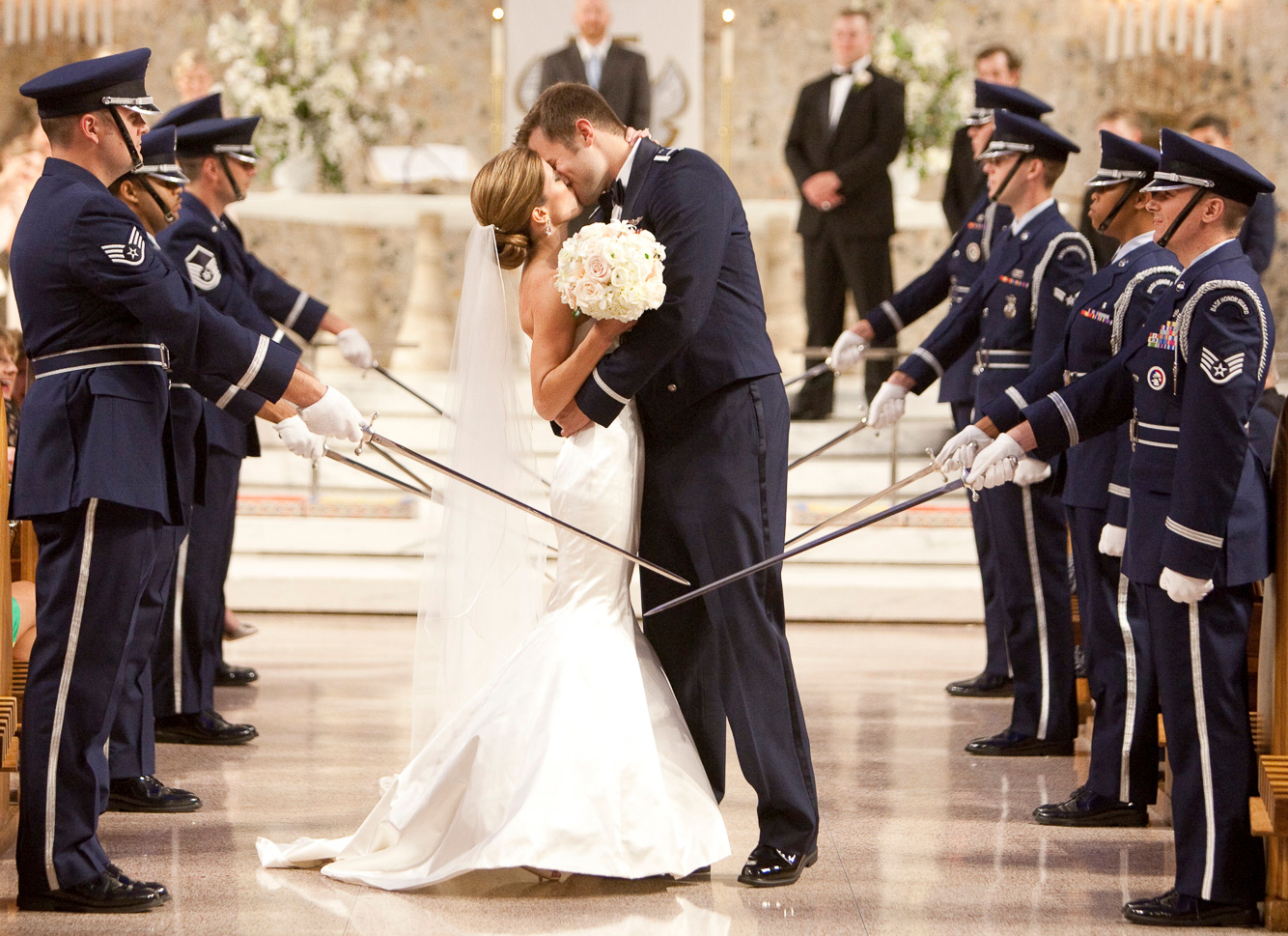
That's more like it!
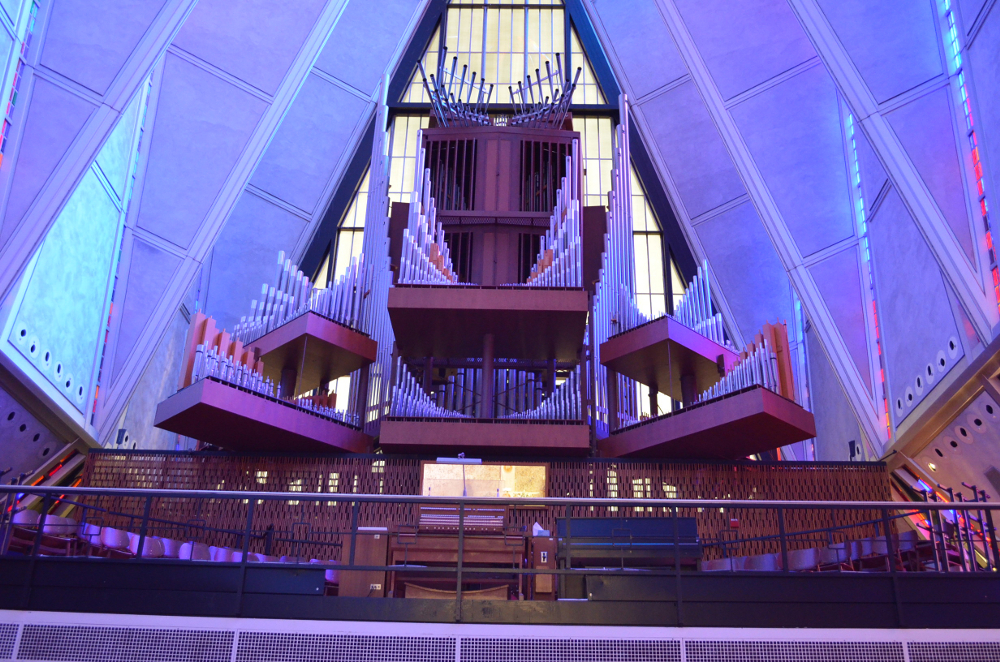
As you turn to leave the chapel, you face the huge pipe organ that provides the music for the services. This organ almost fills the entire window area of the front of the building (the chapel entrance is directly under the organ, so you don't see it above you as you enter.)
FEEDBACK MAP

If you got impressions for which this feedback is insufficient, more information,
pictures and videos can be found at the following web sites:
When and how to visit the chapel
Schedules and contact information
Pipe organ statistics: OrganSociety.orgMany thanks to Jurandyr Fonseca for this target.